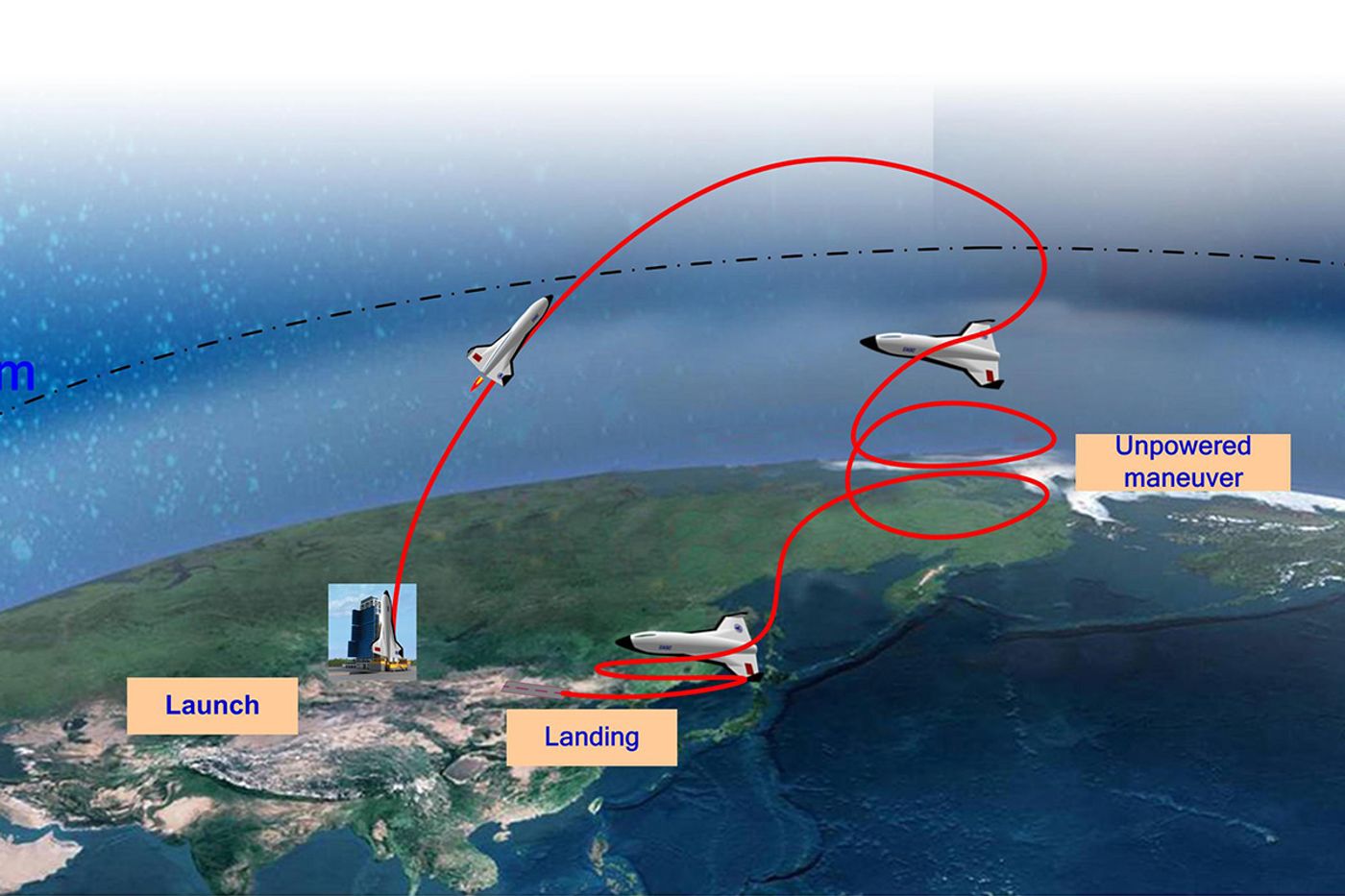China Plans to Build World's Largest Commercial Space Plane by 2020
It’s hard to get a lot of people into space at once with modern space transportation equipment. Current rockets are designed to take, on average, three astronauts to the International Space Station at a time, and upcoming commercial space flight programs can send a little more than that, but not by much.
It seems China might be working on a new type of space plane that’s capable of sending 20 tourists into space with a single launch.

Image Credit: Han Pengxin et al
Such a space plane would resemble the design of the space shuttle NASA used to rely on for space missions, although it would hold a record number of astronauts for any commercial spacecraft to date.
For what it’s worth, the plane would be designed for tourism, so the purpose of it would be completely different than the space shuttle and modern rockets, but nevertheless, 20 is a record number and to complete such a feat by the reported 2020 year goal would be a huge milestone for China.
The plans were recently announced at the International Astronautical Congress in Mexico by China Academy of Launch Vehicle Technology team leader Han Pengxin, who said two different models of the space plane might exist; one smaller and one larger.
Just like the space shuttle, the plane could take off vertically like a rocket, and then land on any aircraft-grade runway just like an airplane would.
The idea would be to use the craft as a satellite launching spacecraft and to also cash in on the extra space by letting passengers buy tickets for $200,000-250,000. Sure, it may only be for the wealthy, but the weightlessness in space is certainly worth that if $200,000 is just pocket change to you…
The larger spacecraft would be the one that could seat 20 people. It would reportedly weigh around 110 tons, and with its 40-foot wingspan, it would be able to fly 20 passengers up to 80 miles into the air to provide them with 4 minutes of weightlessness.
Conversely, the smaller spacecraft, which would just be a scaled down model, would weigh around 11 tons, have a 19.6-foot wingspan, and could carry 6 passengers up to 62 miles into the air for a 2 minute joyride through weightlessness.
Ground testing of these crafts has reportedly already been completed and the tests went very well, so all that’s left are realistic air-based tests, which could undoubtedly be readied within the next four years.
Commercial spaceflight is being worked on in the United States as well by Blue Origin and various other companies, but not at such high capacities. It’s a race to see who gets there first at this point.
Source: DailyMail








